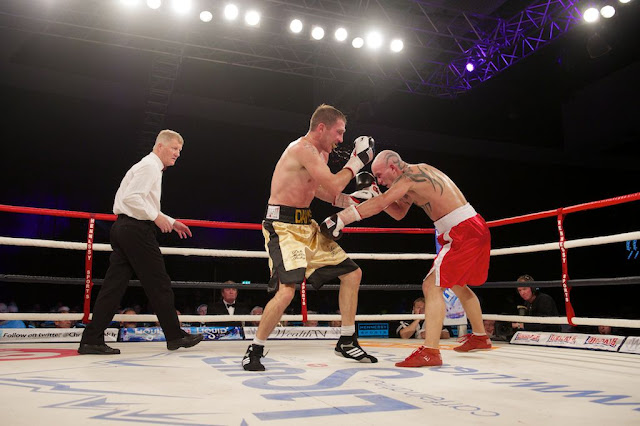(Not strictly photography related, this...)
Let's get one thing straight from the outset; Apple (the makers of computer and IT hardware and software) are not perfect.
No human endeavour is. And the computing industry is no exception. In fact, you could argue that it can never be, as too many disparate parts - particularly on the software side - are jammed together and expected to work.
For example, I got caught out briefly when the Aperture 3.4 update was released. As many found, once the update was applied, Aperture simply crashed on launch. As this was the copy on my MacBook Air, the daily machine, I spent an hour's cursing at 6.00 in the morning trashing and reinstalling the programme, then reapplying the update. It did work after that and I additionally discovered how to use the Remote Disc facility on the iMac! Apple did correct that error within the day. There have been other niggles, too.
So not perfect.
But they do make a far better fist of things than many. Because they are a HARDWARE company as well as a software one, sometimes their innovations, or new adaptions of existing technology, have caught the public's imagination in a way that those others can only dream about. And sometimes it's just looking at what's available and trying a redesign.
Here's what I'm working up to:
The Apple Earphones...
 |
| Headphone Heaven. Four different sets of earphones that I've tried recently. |
Now, I'm no audiophile. I like my music, such as it is, though, and I do like to be able to listen in privacy and comfort.
In the image above are, bottom left, the Apple Ear Buds. These have come with just about every iPod and iPhone since they first appeared.
My problem is, although they sound OK, they don't stay in my ears! This shape is typical of most earpieces, so they all do it.
Just above them are the Apple In-Ear headphones. At £60, these aren't cheap. They do sound good, and block out more outside noise.
...But like most of this breed, I find them uncomfortable for any length of time. And they still don't stay in my ears well!
Above those are a recent purchase, the Sennheiser on-ear headphones. These sound good, can be worn comfortably by me for ages and stay put. But they aren't very convenient to carry because of their bulk and, let's face it, they're not very discreet, either.
Then the iPhone 5 was launched. And it seems I'm not the only one who has the same issue with ear-bud and in-ear headphones. Apple looked at the design and came up with the new Ear Pod. That's them, on the right.
These sound good (really pretty good, actually!). They stay in place. I can wear them for extended periods of time. They are more discreet.
And best of all, they're £25.
 |
A redesign of an common idea. A unique shape
and one that I can actually, finally, wear for long
periods of time. Oh, and £25. |



























